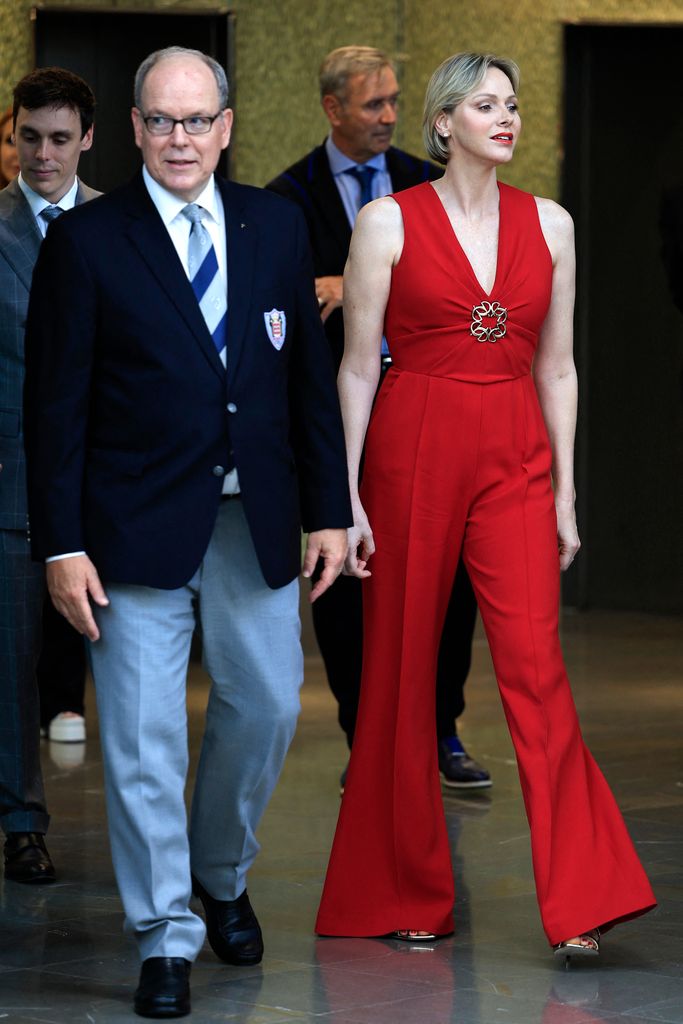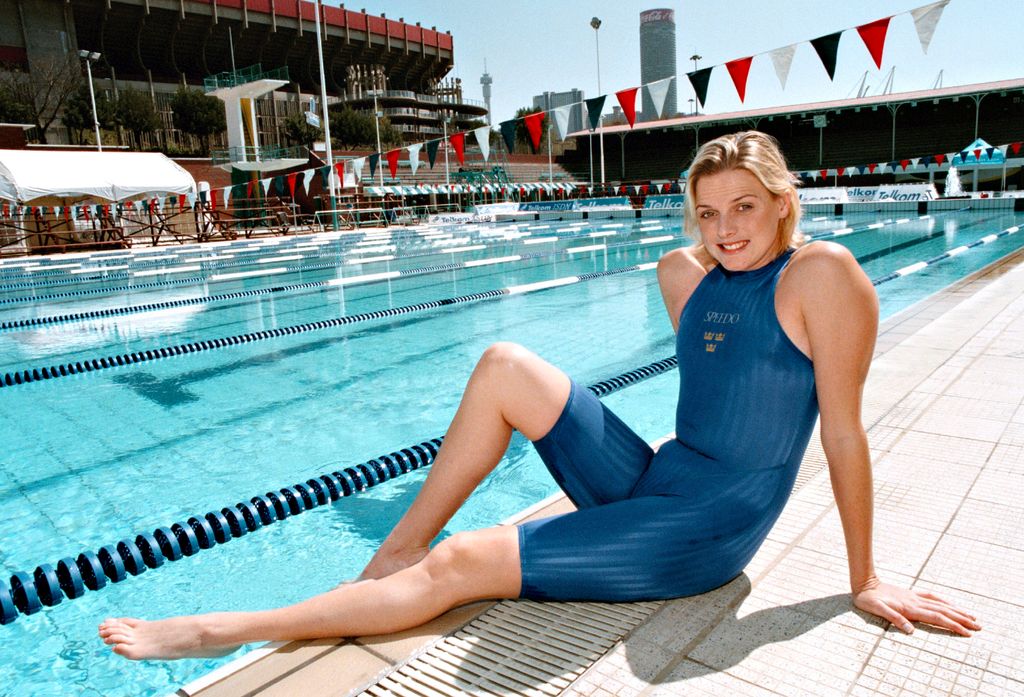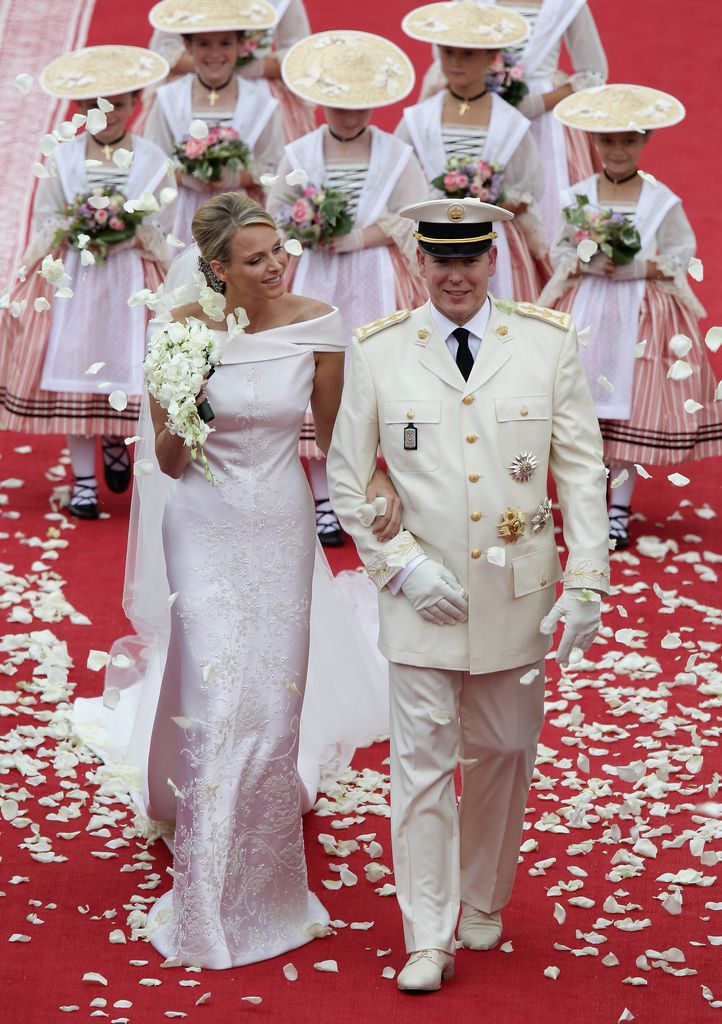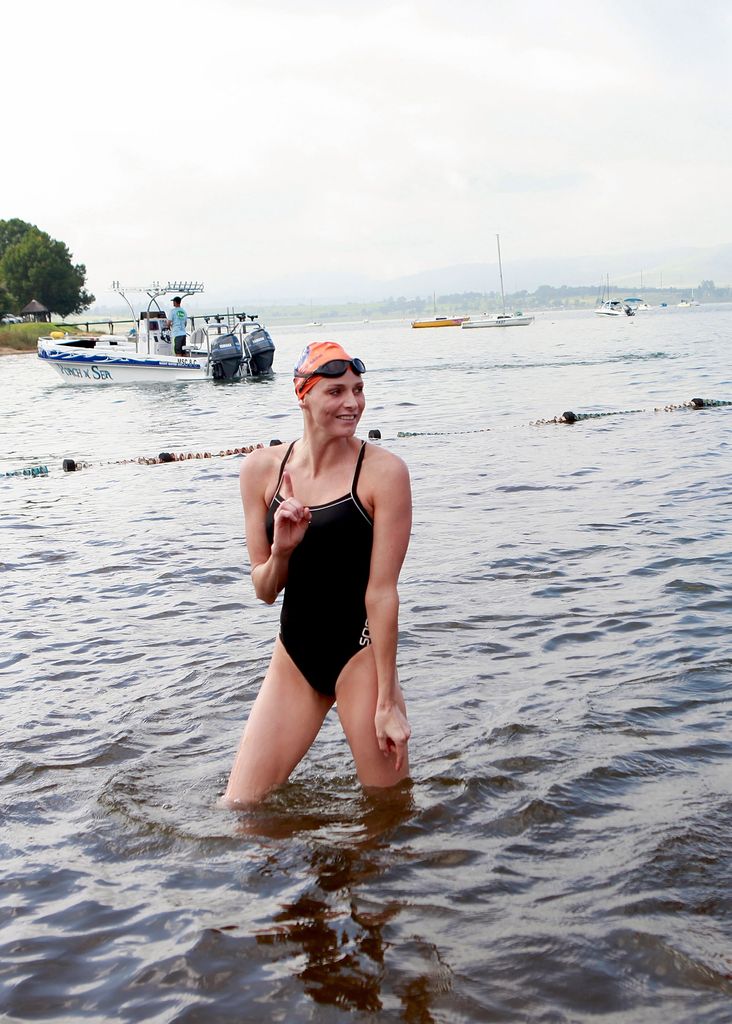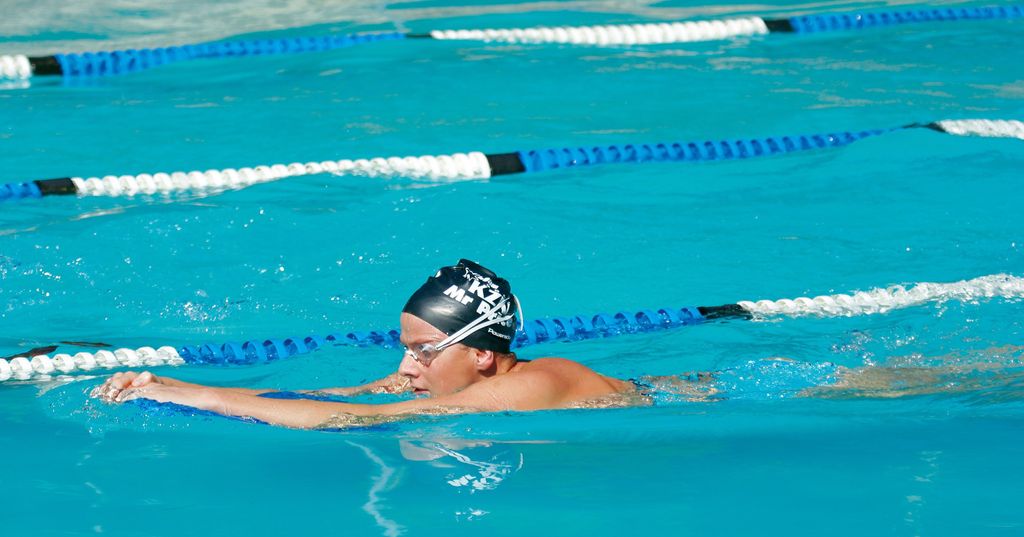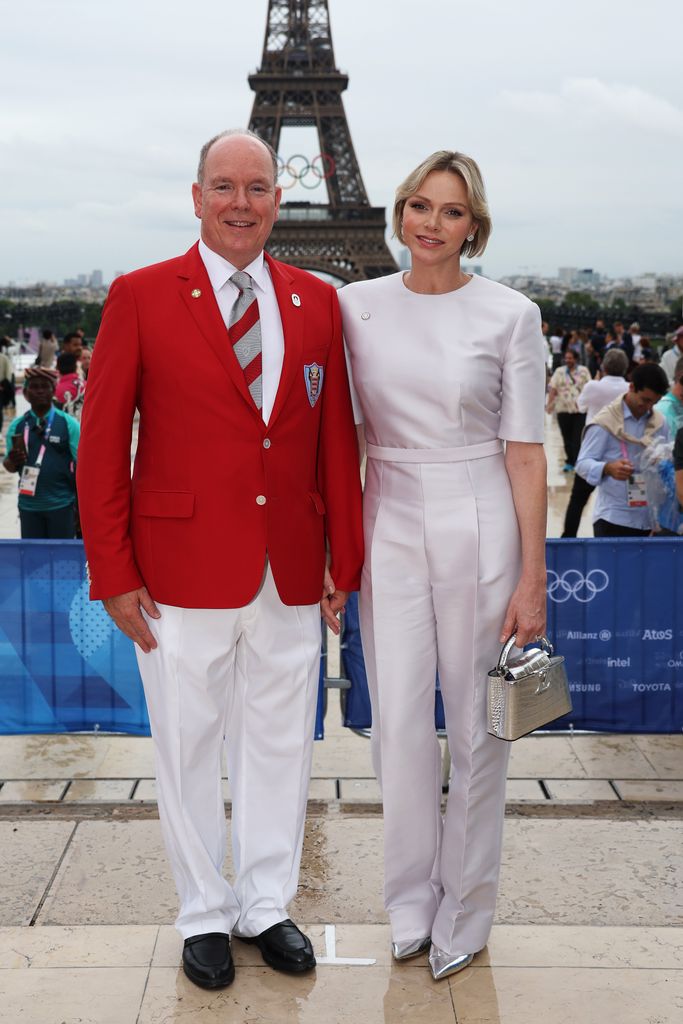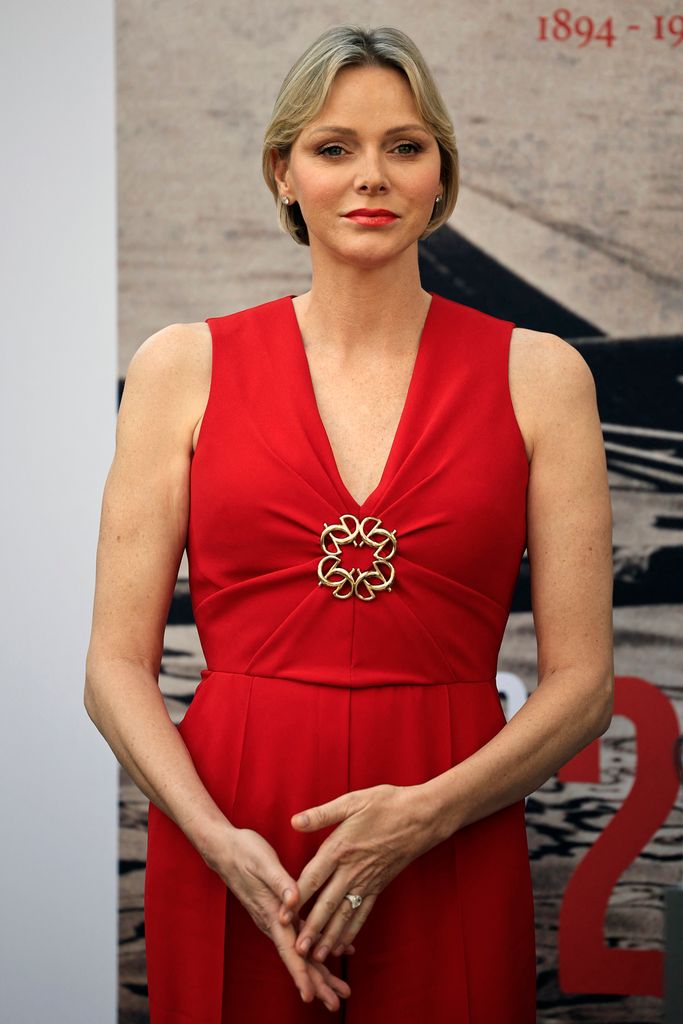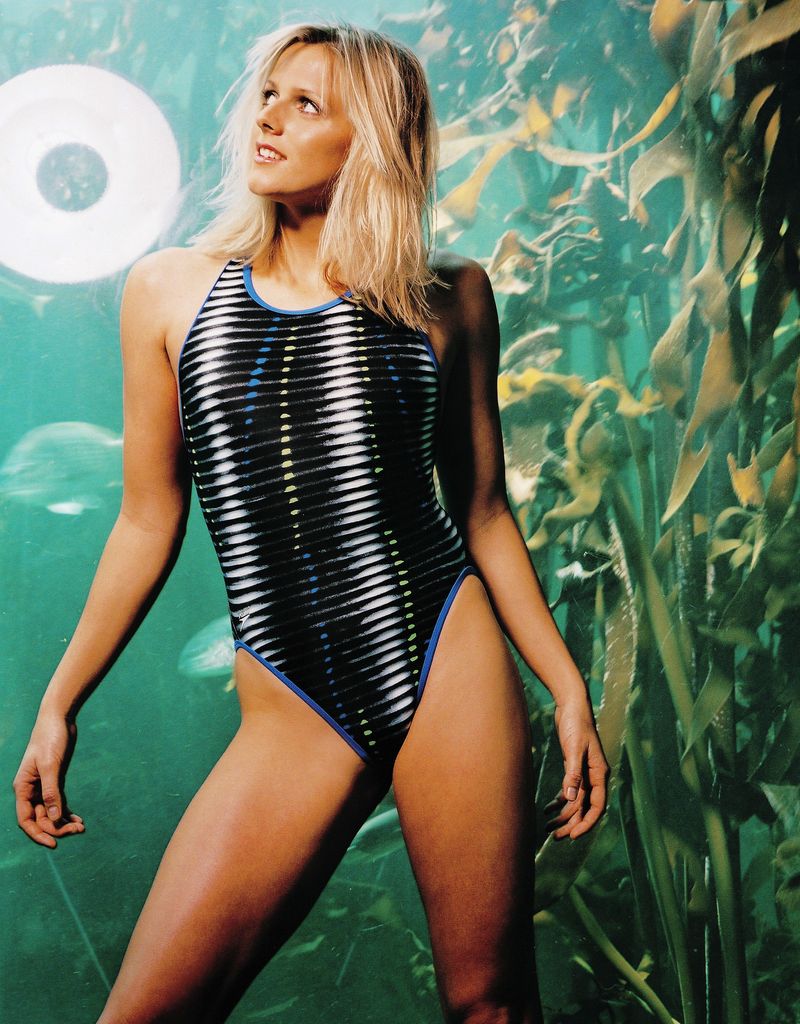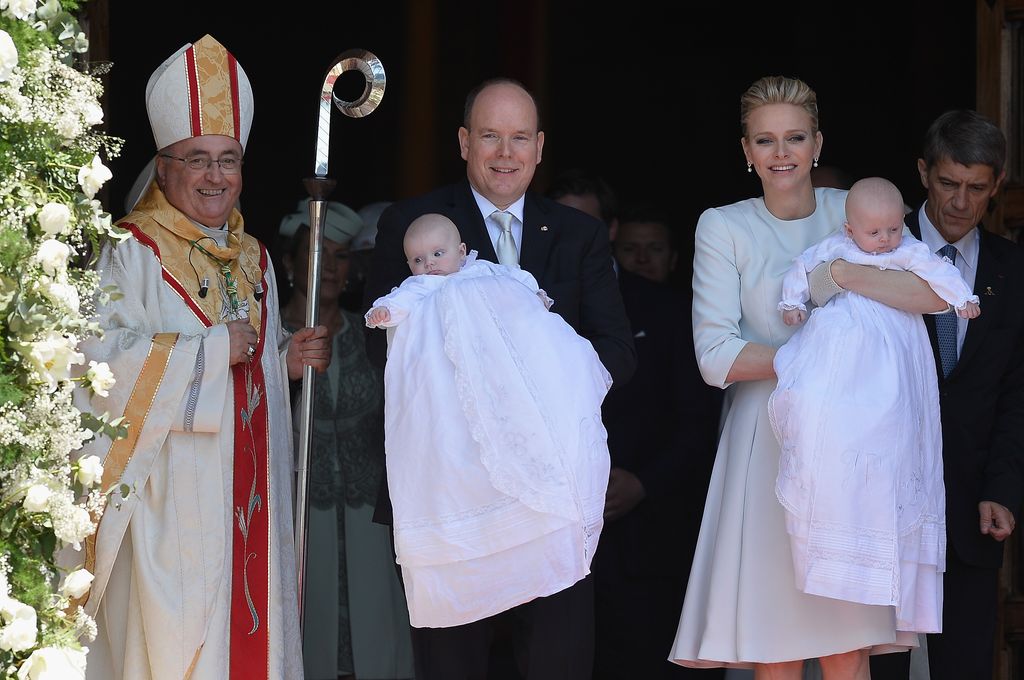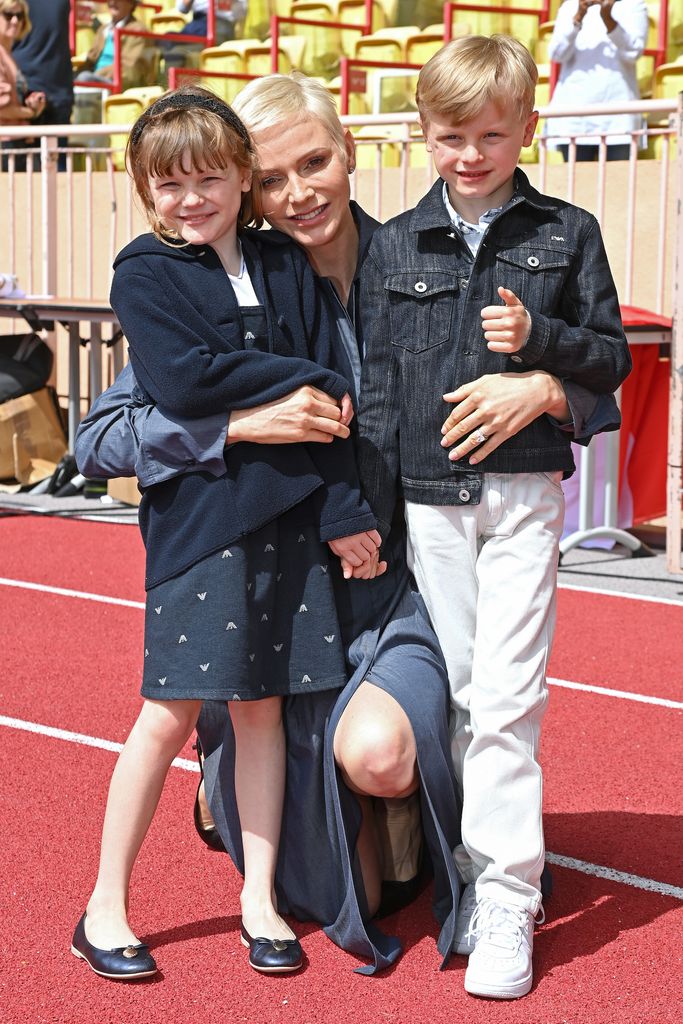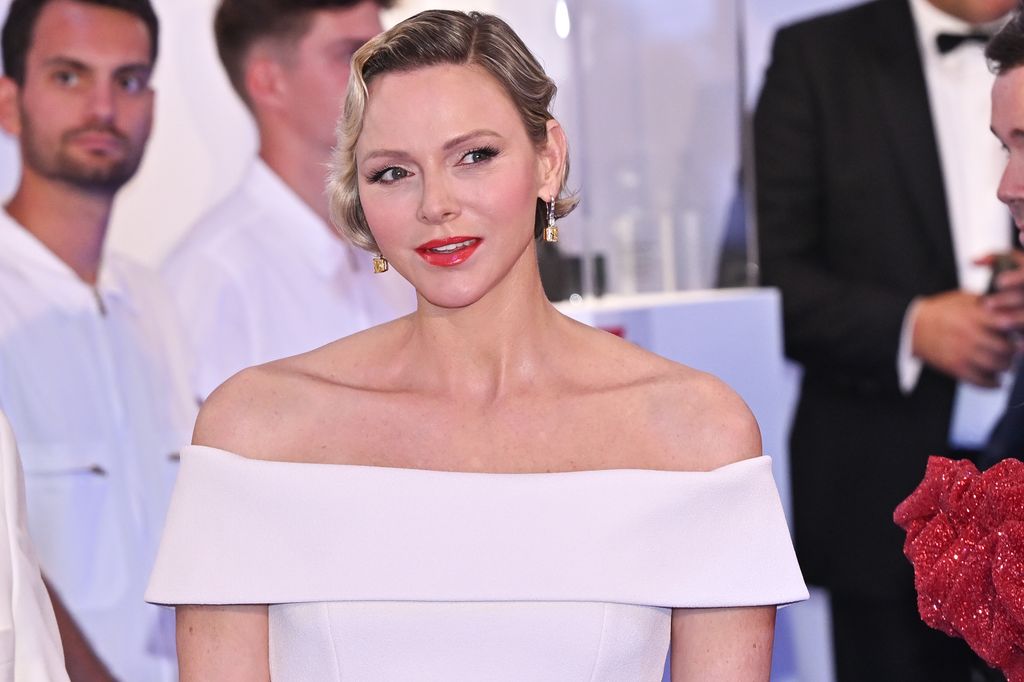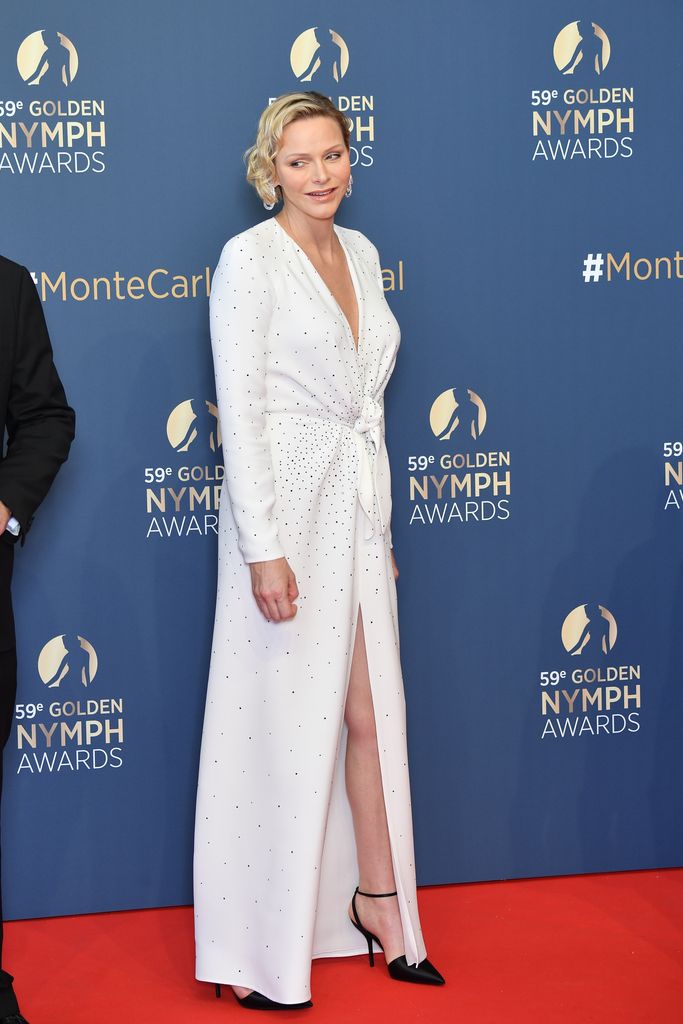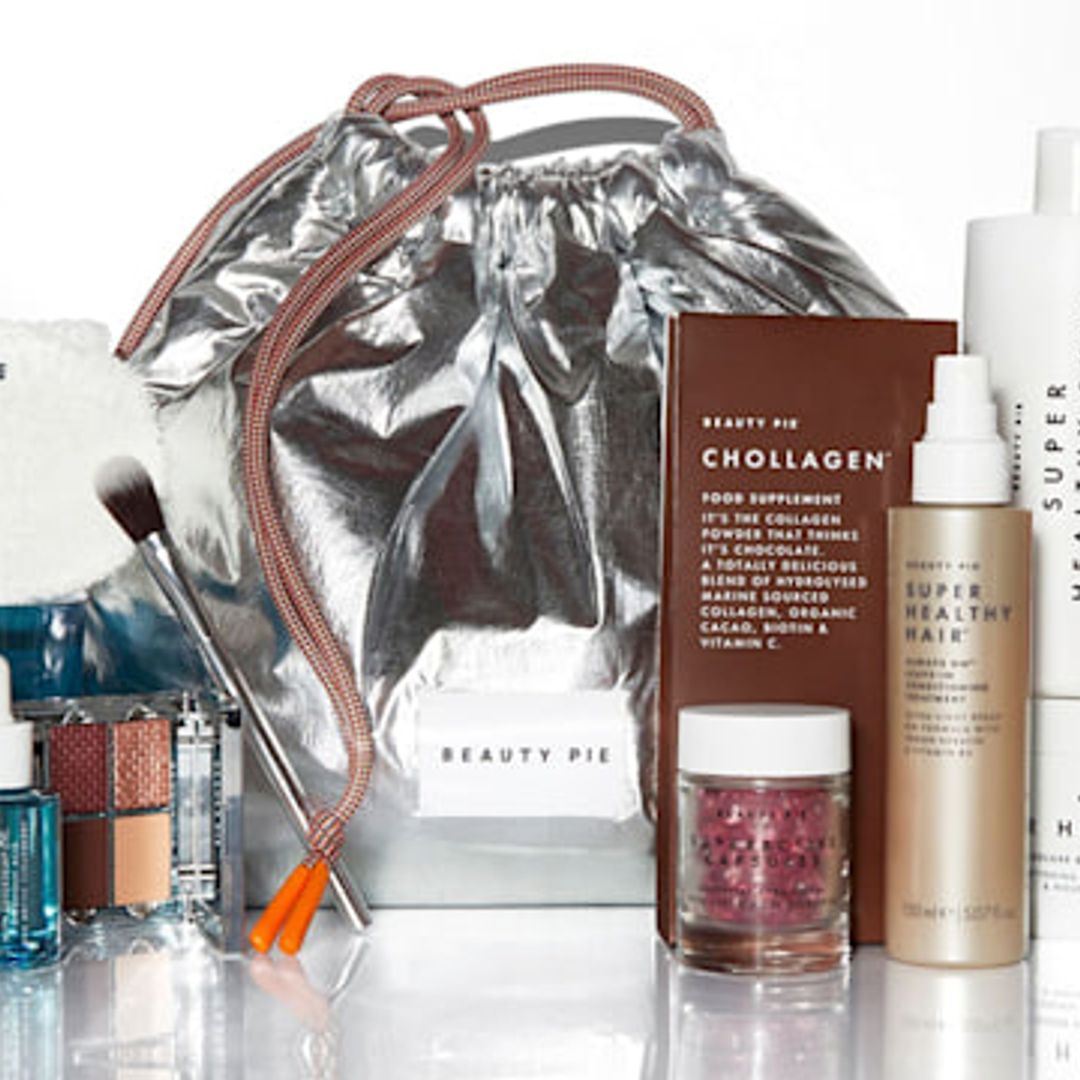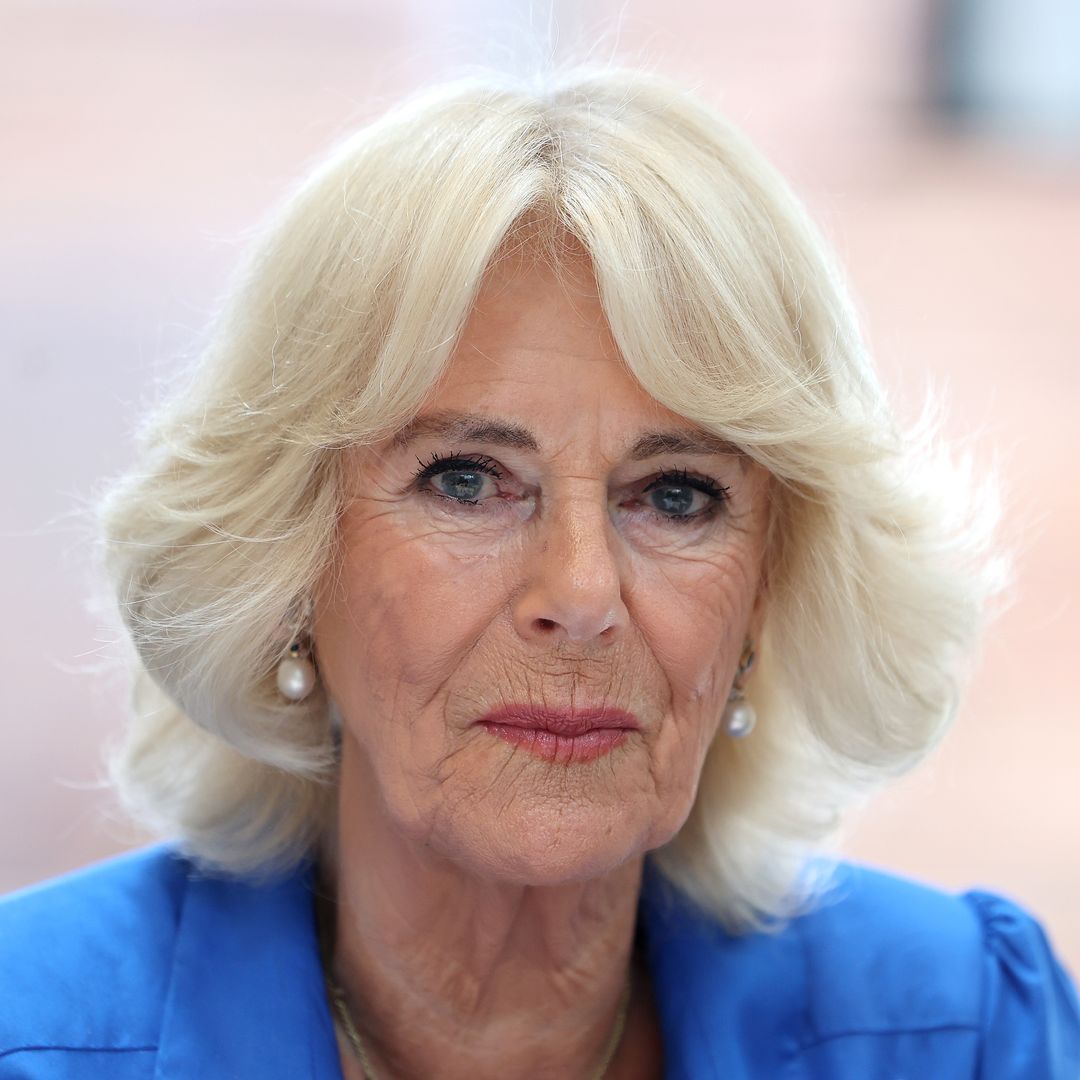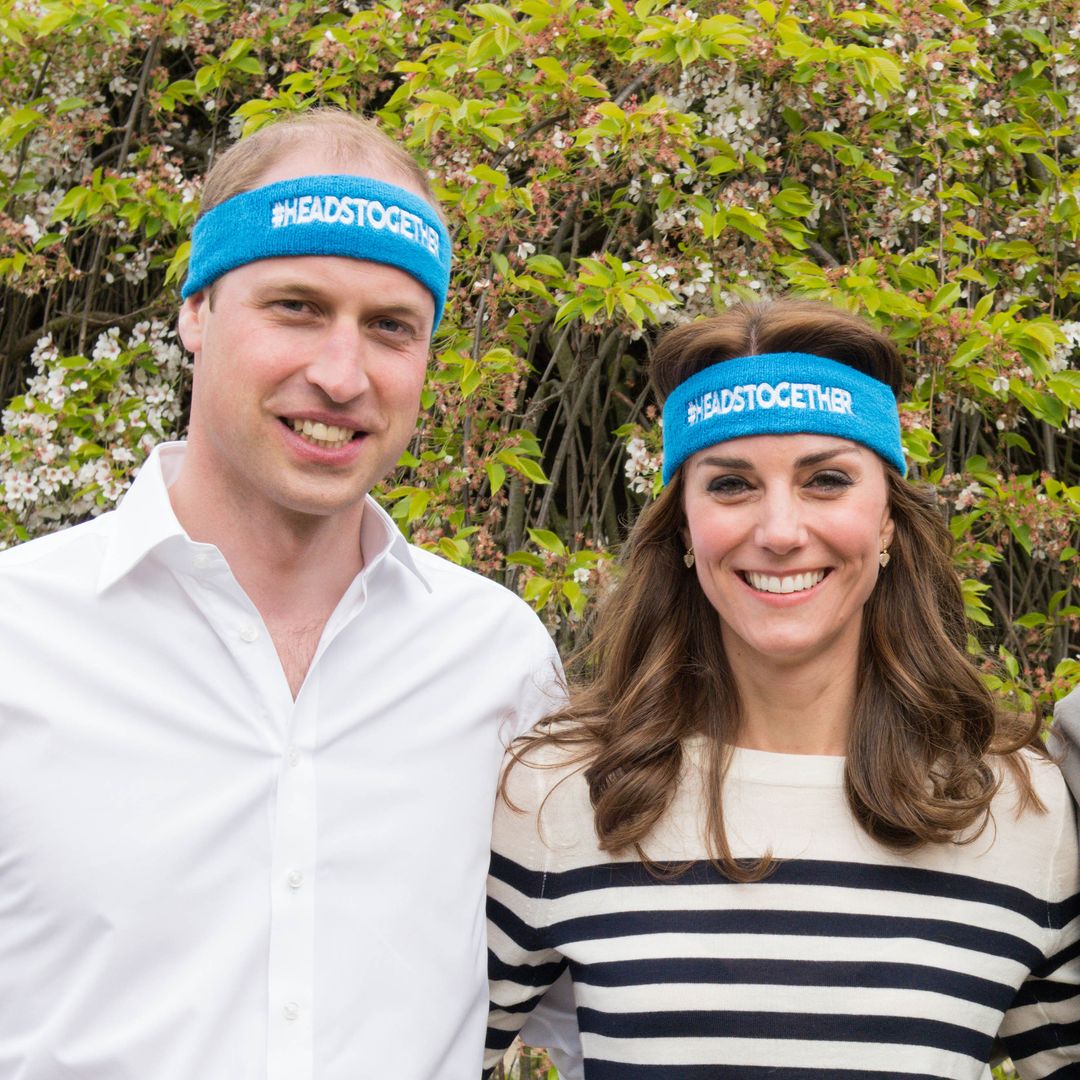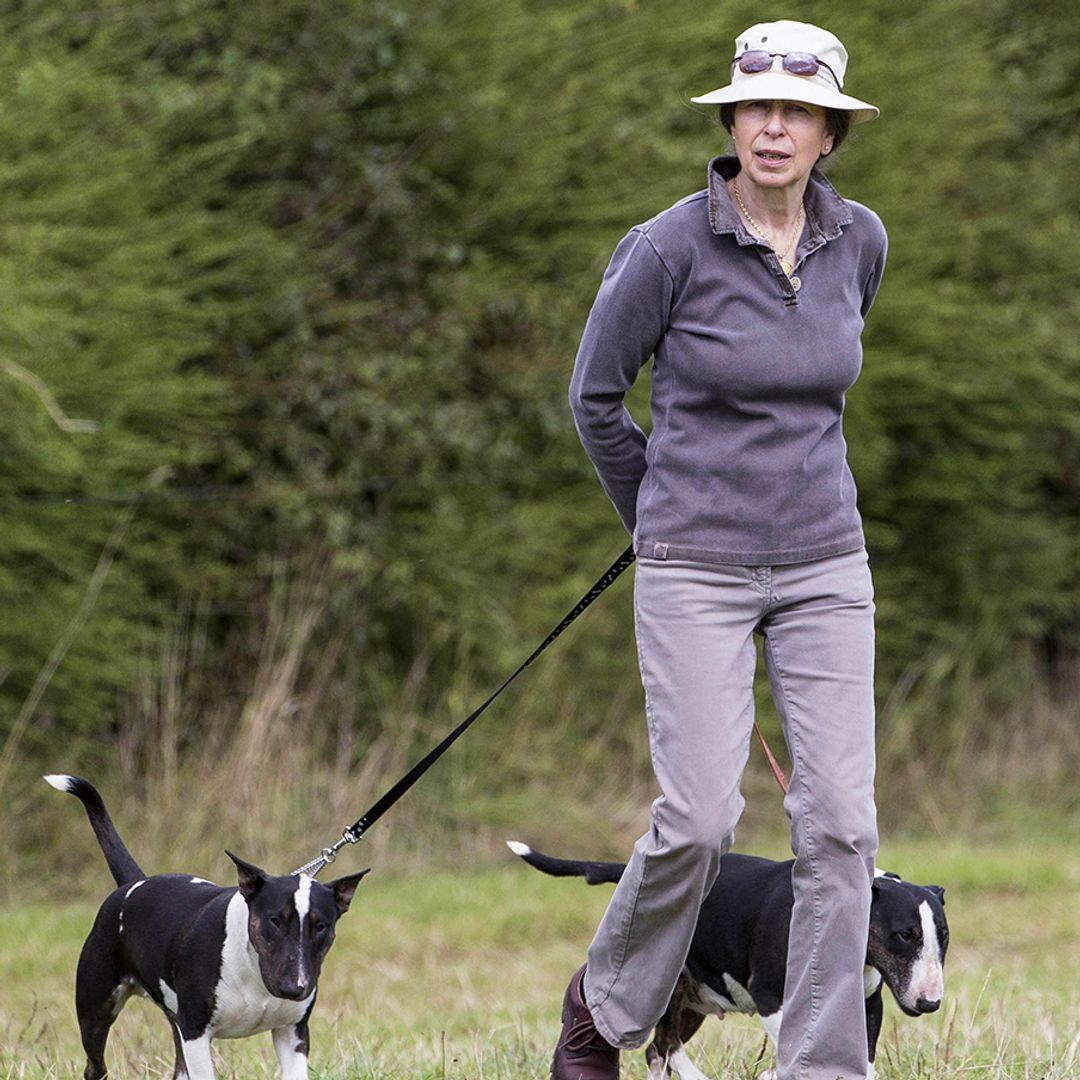It is no secret that Princess Charlene is one of Europe's most toned and athletic royals. Prior to her 2011 wedding to Prince Albert of Monaco, the Zimbabwean-born South African Charlene Wittstock was an Olympic swimmer and a rather successful one.
The Princess, now 46, swam for South Africa in the 2000 Olympics and at the 1998 and 2002 Commonwealth Games. Since her 2007 retirement, the royal has continued to be open about her passion for sport and the importance it holds in her life.
Speaking to Vogue, the ex-athlete said: "Sport has given me drive and discipline. It also taught me to remain humble."
Even after her retirement, the swimmer continued to train and has said that she walks regularly having cut weight training from her workout routine in the lead-up to her wedding.
To this day, the mother of two has maintained a strong and toned physique. Nancy Best, PT and founder of Ladies Who Crunch, unpacks the secrets behind Prince Albert's wife's toned and athletic look and how she keeps her body fit now she has pivoted from competitive swimming toward royal engagement.
How to train like an Olympic swimmer
Training at the top level is required to maintain your stamina as a pro swimmer. Nancy tells us that "swimming is a brilliant low-impact form of aerobic exercise because it puts your heart rate into a ‘working’ zone without putting too much stress on your joints."
This means there’s a certain level of cardiovascular fitness required to swim at a competitive level. The expert says: "The greater your VO₂ max, the more oxygen your body can consume, and the more effectively your body can use that oxygen to generate energy.
"Her coach will have taken a full body approach to improving her VO₂ score, incorporating dynamic cardio like sprint training, spinning, and HIIT circuits, to support her performance in the pool."
Maintaining stamina post-retirement
Though Princess Charlene can't be expected to maintain Olympic-level stamina since retiring, we are sure her competitive streak will keep her motivated to keep up with her personal best.
Maintaining her ability to pump blood around her body efficiently, with endurance-focused cardio exercise like long-distance running or cycling is Nancy's first tip for keeping the royal's stamina in check.
She adds that building strength and power in her muscles, particularly within her core, is key. "Every stroke, from butterfly to freestyle, requires core engagement to stabilise your body and keep good technique," Nancy says. "Resistance training is likely to play a key role in maintaining her muscle mass, now that she’s retired from competitive swimming."
The secrets to Princess Charlene's toned arms
Princess Charlene is partial to a sleeveless gown or jumpsuit - showing off her toned arms that were crucial to her sporting successes.
Nancy tells us that a toned arm is all about creating lean muscle mass. She explains: "The most effective way to build lean muscle mass in your arms is to lift weights consistently, with adequate progressive overload. I recommend hypertrophy training (3-4 sets of 10-12 reps of each exercise) three times a week.
To keep this progress going, Nancy recommends adding new stimuli and challenges. "If you’re currently doing bicep curls and shoulder presses with 3kgs, make sure you’re tracking your performance and graduating to heavier weights when it starts to feel pretty comfortable. If you don’t, your results will plateau," the personal trainer says.
Returning to working out after childbirth
Princess Charlene gave birth to twins Princess Gabriella and Prince Jacques in 2014. Though no woman should ever feel pressured to get straight to the gym after giving birth, we are sure Charlene's innate passion for sport would have signalled some return to exercise post-birth.
"Postpartum fitness isn’t a one-size-fits-all approach and given Princess Charlene’s professional sporting career, I imagine her routine will be pretty advanced!," Nancy says.
The fundamentals of returning to exercise after giving birth which Nancy feels Charlene will have incorporated into her routine include pelvic floor rehab, which is crucial before beginning impact movement, functional mobility to warm up tight calves to lumbar spine stiffness post pregnancy, and low impact, steady state movement - whether that’s hiking or going on the cross trainer. This continuous repetitive movement that works multiple muscle groups will give you all the mental health benefits of more intense conditioning, without risking impact injuries.
Maintaining her strong body at 46
Many women entering their mid-forties will start to think about how the impending menopause will impact their body.
Charlene's focus on building lean muscle mass is already great for menopausal or perimenopausal women as it will help support the muscular-skeletal system.
"After the age of 50, our bone density starts to decline, meaning our bodies lose bone faster than we can rebuild it," the fitness expert explains. "As you age, your chances of developing osteoporosis increases, making your bones fragile and more likely to break. Hormonal changes accelerate this process too - women can lose up to 20% of their bone density within five to seven years following menopause."
To remedy this, Nancy recommends adding weight lifting into Princess Charlene's weekly routine. "Blending resistance training with movement forms that lengthen your muscles (think pilates, barre and yoga), will help to improve your posture and mobility," Nancy adds. "You want to be able to live your life and move freely, without painful niggles!".
Don't forget diet
A successful training programme should be supplemented with a balanced diet. Nancy explains: "There's a misunderstanding that eating lots of protein will make you 'bulk', but that's not the case. Princess Charlene will be ensuring she meets the protein RDA (currently 0.8 grams of protein per kilo of body weight per day)."
Protein makes up about 50% of the volume of bone in our bodies and about 33% of its mass. Eating enough high-quality protein contributes to the maintenance of sufficient muscle mass and function, which is critical for overall bone health and helps reduce the risk of osteoporosis for women as they age.
DISCOVER: 5 royal couples who fell in love at the Olympics
Nancy adds: "She’ll also be keeping a close eye on her hydration levels, with plenty of water and electrolytes."


